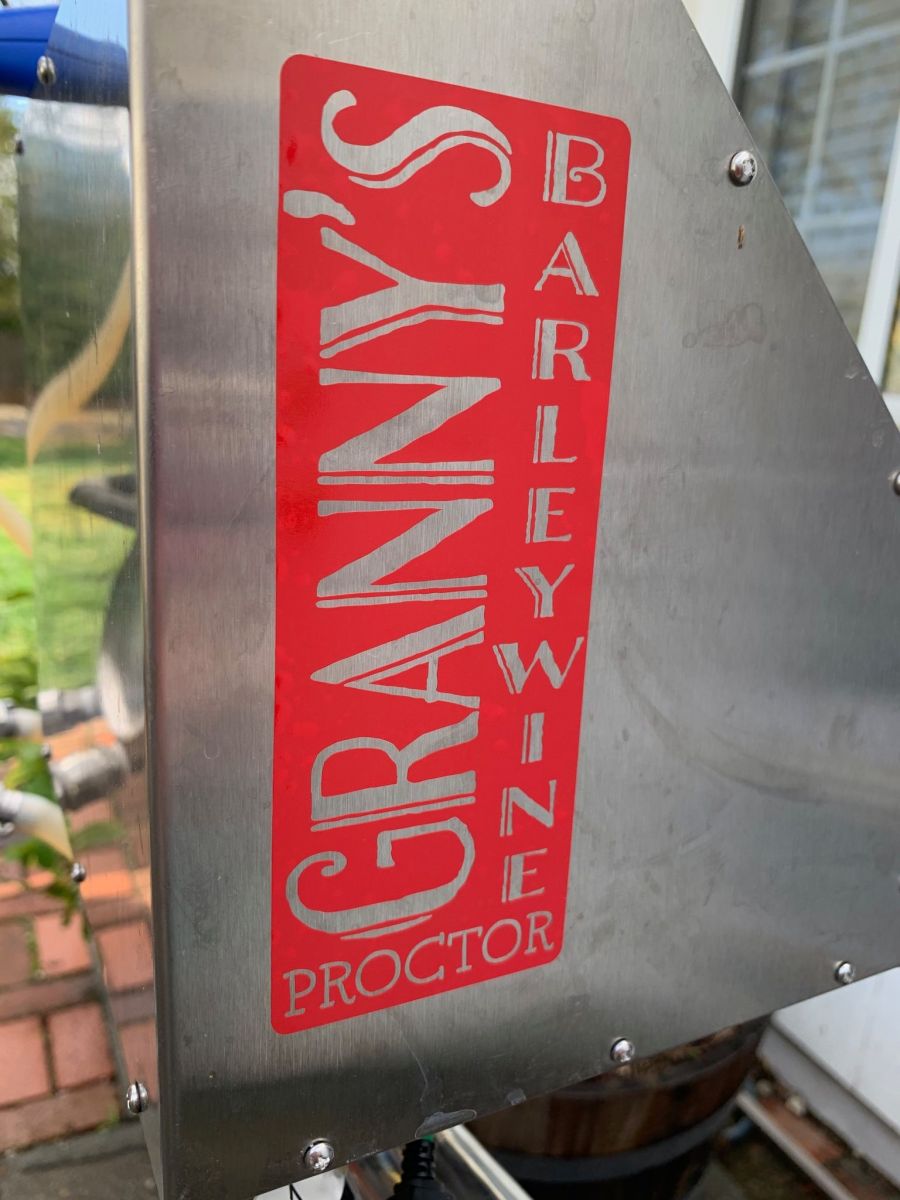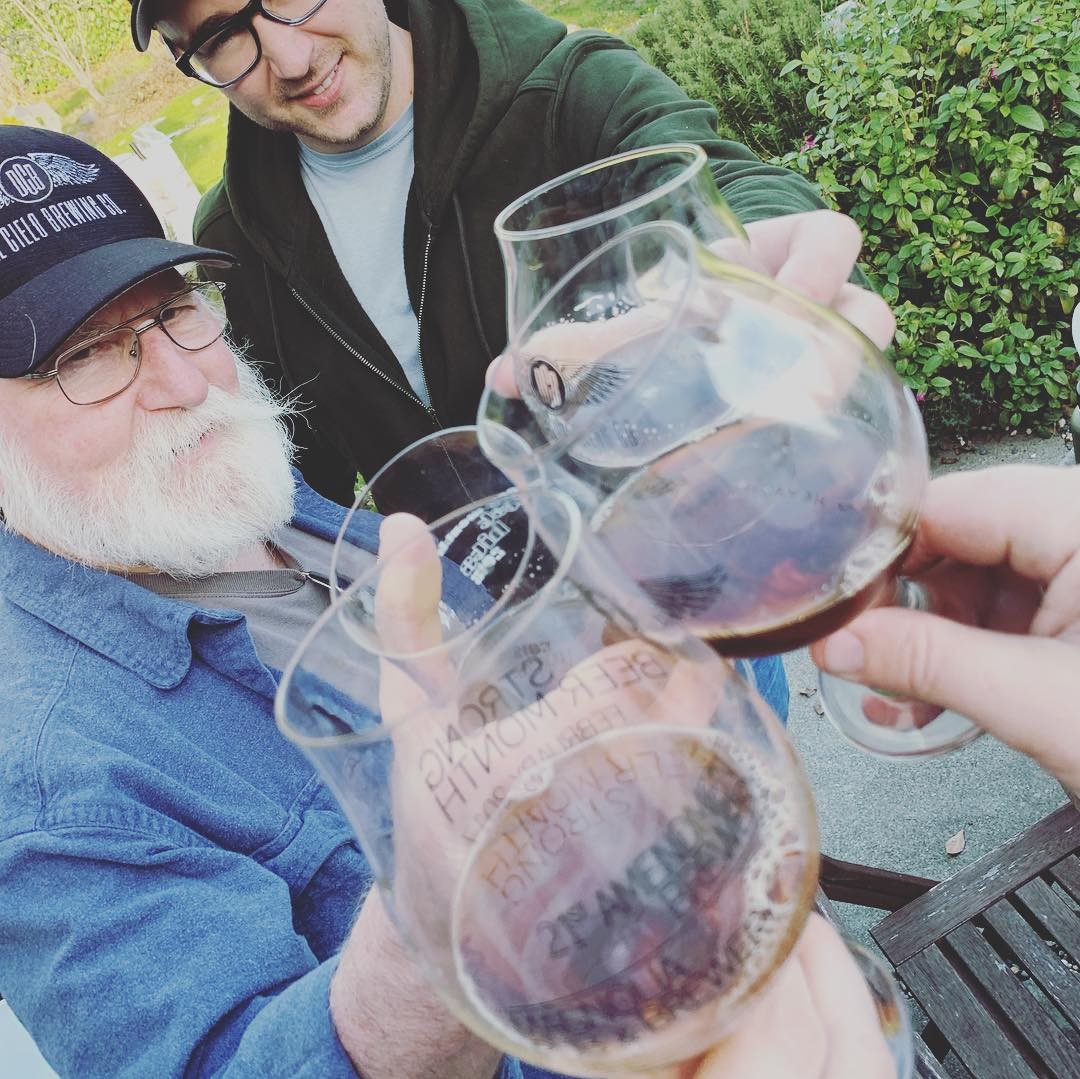I’m just going to come right out and say it, I love Barleywine! And in particular, English Barleywine. As a result, I am going to skip over the more modern ‘American Barleywine’ (or maybe write about it in a future Morebeer article?!) and focus on what I know the best!
Historically speaking, Bass coined the term commercially with their Bass No.1 Barleywine around 1870. The beer was brewed with the first runnings of the mash, that contain the most sugars and ergo are most likely to produce the greatest alcohol during fermentation. There has been much speculation about the name Barleywine itself, but as a fan of Occam’s razor (basically ‘the simplest explanation is usually the right one.’) I’m going to stick with the fact that it’s a Barley based beverage that has an ABV that approaches the level of most wines!
Full disclosure, I am British, and I am approaching 50, so I spent plenty of time in pubs, on both sides of the bar, where at that time the older generation tended to nurse a glass of Barleywine (served in an 8oz bottle known as a nip) by the roaring fire on a cold winter's night (which in the UK is pretty much 9 months out of the year).
Whilst those days have (for the most part) passed us by, there has been a rise in popularity over the past 5 years or so of the iconic Barleywine. So much so that it even has the commonly used hashtag #BiL, or Barleywine is Life, that many of us have seen in community forums, twitter posts, instagram feeds etc etc etc!
Why is that? Well, the mysteries of beer trends is reminisce of Superman’s imprenitrigable Fortress of Solitude, but in a world where pastry stouts command long lines and frenzied online trading, you can start to see how adjacent tasting styles can be drawn in to the frey!
Which begs the question, what does Barleywine taste like? Well, the BJCP says:
Strong, intense, complex, multi-layered malt flavors ranging from bready, toffee, and biscuity in paler versions through nutty, deep toast, dark caramel, and/or molasses in darker versions. Some oxidative or vinous flavors may be present, and often complex alcohol flavors should be evident. Moderate to fairly high fruitiness, often with a dark- or dried-fruit character.
Now, throw in the fact that a lot of Barleywine brewer’s love to put their beers in to various spirit barrels and you can start to see why today’s high ABV drinkers are beginning to seek them out with more and more curiosity. The extra layers of vanilla, coconut, fruit and booze take the aforementioned ‘complex, multi-layered flavors’ to the next level. For those of you interested in trying a nip in front of your own roaring fire on a cold winter’s night, I would highly recommend seeking out J.W. Lees Harvest Ale, an English classic from Manchester and available in all sorts of interesting barrel-aged versions (Calvados and Peated Whiskey for example), or Firestone Walker’s Sucaba, another barrel-aged version that is one of my all-time favorites!
‘Where’s the fun in going and buying a Barleywine?’ I hear you cry! No worries, I’ve got you covered. For the past 5 years, on the most British of holidays, Boxing Day (December 26th) I brew a batch of English Barleywine I like to call ‘Granny’s Tipple’, a nod to my Grandmother whose birthday is also on that day. I’ve tinkered with the recipe over the years, but the ingredients that stick, and really make the character of an English Barleywine in my humble opinion (and without tooting my own horn too much, the opinion of a number of regional and national homebrew competitions where she has brought home ribbons) are English crystal malts (do not substitute American versions, they just aren’t the same) and a healthy addition of invert sugar (
don’t know what invert sugar is, then go find my article about it!). These specific ingredients really add that depth and complexity of flavor that you want in such a classic beer style.

English Barleywine Recipe
Granny’s Tipple: 5 Gallon Batch, 70% Efficiency
O.G. 1.107 // F.G. 1.030 to 1.020 (depending on attenuation) // ABV 10.5 to 12%
6.5lbs Golden Promise
6.5lbs Maris Otter
1lb Simpsons Double Roasted Crystal
1lb Victory Malt
1lb White Wheat
0.5lb English Crystal 40
0.5lb English Crystal 120
0.25lb Pale Chocolate
2lb Invert Sugar (add at the last 10mins of the boil)
1oz Northern Brewer - First Wort Hopping (33.5 IBU)
0.75 oz Challenger - 90 mins (20 IBU)
2oz East Kent Goldings - 10 min (9 IBU)
Mash for 60 mins at 148F
Boil for 2 hours
Oxygenate the wort and ferment with a very healthy starter of Dry English Ale yeast - WLP007 is my go to!
And there you have it! I highly recommend letting the resulting beer age for at least 3 to 6 months before drinking it (and assuming you use solid packaging techniques, these should age well for years to come). The alcohol will smooth out, and the malt, hop and yeast esters will really start to combine in to living proof that the sum of all the parts is truly greater than the whole. Which is also a perfect example of the kinds of philosophical debates that are perfect to mull over with a snifter of Barleywine in your hand!
If this does inspire you to go forth and brew an English Barleywine, and give a nod to Granny in the name - many people have brewed this over the years, and there’s nothing more fun than running in to home brewers at a festival that crack open a bottle or two to share, usually around a fire! Cheers.
All contents copyright 2024 by MoreFlavor Inc. All rights reserved. No part of this document or the related files may be reproduced or transmitted in any form, by any means (electronic, photocopying, recording, or otherwise) without the prior written permission of the publisher.


